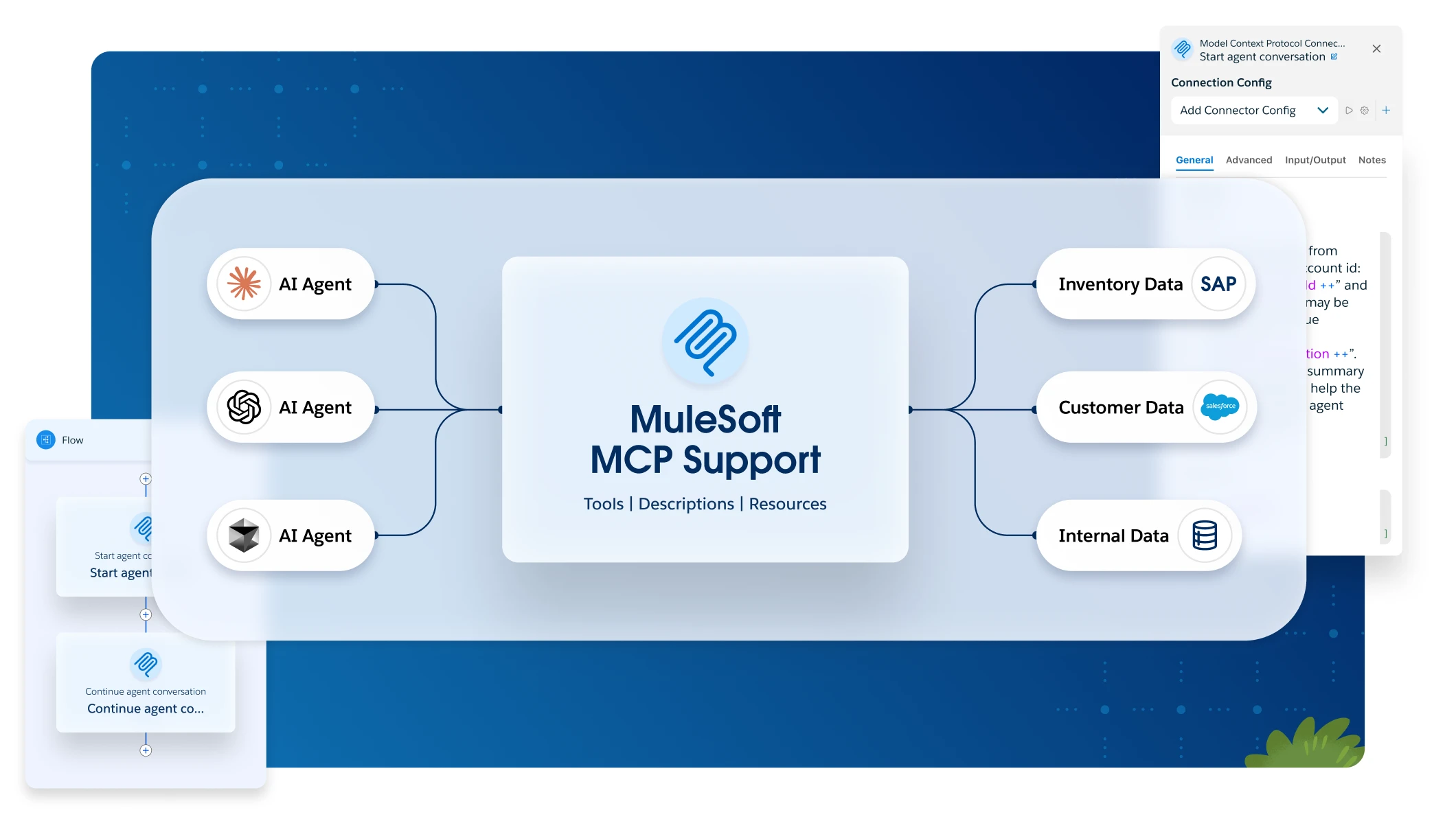$ java -version
openjdk version "1.8.0_212"
OpenJDK Runtime Environment (AdoptOpenJDK)(build 1.8.0_212-b03)
OpenJDK 64-Bit Server VM (AdoptOpenJDK)(build 25.212-b03, mixed mode)Download and Install Mule
|
This version of Mule reached its End of Life on May 2, 2023, when Extended Support ended. Deployments of new applications to CloudHub that use this version of Mule are no longer allowed. Only in-place updates to applications are permitted. MuleSoft recommends that you upgrade to the latest version of Mule 4 that is in Standard Support so that your applications run with the latest fixes and security enhancements. |
Before downloading and installing Mule, verify that you have a supported JDK installed. This example uses AdoptOpenJDK 8, which is recommended for Mule 4.2.
Downloading Mule
-
Download the Mule 4 binary file from the following link and unzip it:
-
Set an environment variable called
MULE_HOMEfor themuledirectory inside your extracted folder.Example for version 4.2.0 in the
Downloadsdirectory:-
On Windows environments:
$ env:MULE_HOME="C:\Downloads\mule-enterprise-standalone-4.2.0" -
On Linux/Unix environments:
$ export MULE_HOME=~/Downloads/mule-enterprise-standalone-4.2.0
-
Running Mule
You can test if Mule runs in your system without errors by running the following commands:
-
On Windows environments:
%MULE_HOME%\bin\mule.bat -
On Linux/Unix environments:
$ $MULE_HOME/bin/mule
These commands run Mule in foreground mode, and the startup script displays information on the terminal’s standard output. You can’t issue further commands on the terminal as long as Mule is running.
To stop Mule, press CTRL-C in the terminal in which the script is running.



